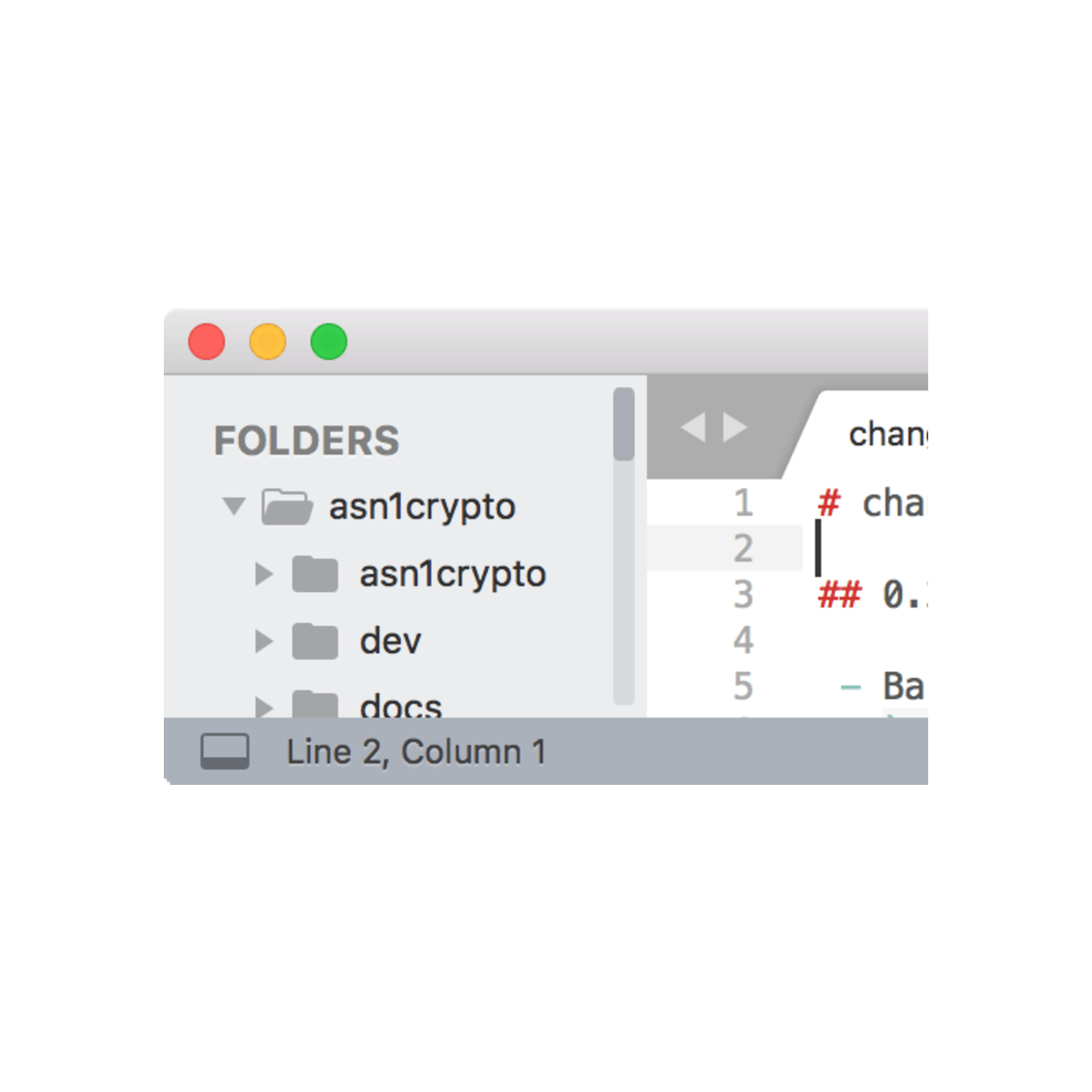
I bought my Archimedes A310 with the salary from my first job – after paying off my student debt and buying a motorbike and a Psion, anyway. I feel a bit sorry for anyone trying to learn to use it for the first time in the 21st century. However, I must admit, coming back to it running on a Raspberry Pi after about a 25 year gap was a shock to the system, and I do not find it easy to use today. I still have a RISC OS box sitting on the desk next to me. I toggled the 'save as unix' box and all was well.
#Cudatext vs sublime windows#
then I arrived and showed them a windows based editor with FTP facilities. WTF are people doing programming in it though? My first job was a unix shop, everyone programmed in Vi. (I really should use pico or similar, but I just get sick of muscle memory adding :wq! in the middle of files.) I suspect if I was starting out now I wouldn't be learning Vi. At least enough to edit whateve you need to get things booting further.Īlso, if you know vi it's quick to edit config files using SSH, but I'm not 100% sure if I do this because I always have. It's worth learning the basics of Vi for that (vanishingly) rare occasion when you're presented with a hosed systen and a console from the dark ages as you can usually persuade it to work. It's worth learning some Byzantine editor because it gives you a big advantage editing code. Of course, hardcore Linux types don't see this as a problem. Which is the entire point of the article: you can edit files on the Linux console without using horrid 1970s tools such as Vi. I have about ⅓ of a century experience and I can't cut-and-paste in it, or do a search-and-replace, because it doesn't use the same UI as _every other editor invented since the late 1980s_. It's one of the nastiest editors I've ever used since DOS EDLIN. Why even look at alternatives? Personally I have been using Vi since 1988. It sounds like you don't know GUI shortcuts but are more comfortable with Vi ones. Since it is a CUA keystroke, those of who use keyboard shortcuts in GUI apps all the time and have for about 30 years don't need to look that stuff up.ģ.

If you need to check what Ctrl+Q means, then this is probably not the editor for you. Take it up with the CUA authors and designers, if any of them are still alive.Ģ. This seems like standard CUA behaviour to me. In the rest of computing, a buffer is an area of memory used for temporary data storage, such as between processes or devices which work at different speeds: a printer buffer, or a disk buffer.Īs for issues such as shortcut keys not working while you are in menus:ġ. One of the reasons I like Tilde is it doesn't use weird 1970s Emacs-speak like, say, "buffers". I don't think Tilde is trying to be such a tool for people like that, and I tried to say so.īut yes, it does multiple files fine that is why there is a "Window" menu. In which case, I tried to specifically exclude such users. It sounds to me like you want a high-powered editor for high-end stuff. > What if you just need to occasionally tweak a config file?
#Cudatext vs sublime code#
But what if you don't edit code and don't need syntax highlighting and all that jazz?


 0 kommentar(er)
0 kommentar(er)
